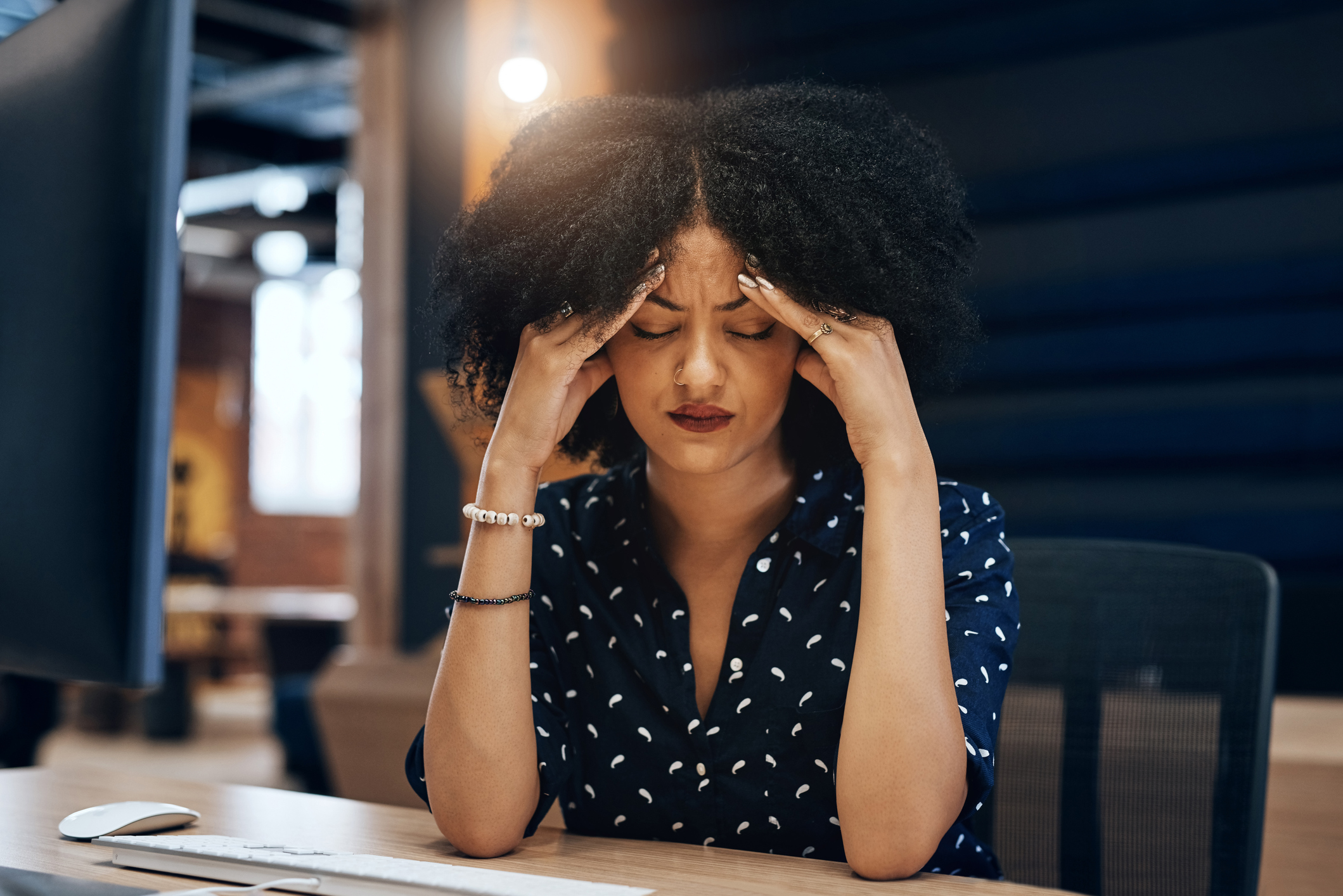
According to Harvard Health Magazine, 90% of men and 95% of women will have at least one headache every year. Chances are good, you are among the number of people who have had a headache recently. Most headaches aren’t serious and typically don’t last very long. Understanding the cause of your headache and identifying the specific type of headache you’re experiencing can help you to eliminate the pain associated with your headache.
Chiropractors are extensively trained to help their patients in many ways beyond just treatment for back pain. They understand how tension in the spine and neck can affect other parts of your body.
Research shows that spinal manipulation – one of the primary treatments provided by doctors of chiropractic – may be an effective treatment option for tension headaches and headaches that originate in the neck.
Headaches are classified as either primary or secondary. Primary headaches are repeat offenders. These are the headaches that you will commonly experience. Primary headaches are not caused by any underlying conditions. What are the most common primary headaches?
Migraines
Symptoms: Migraines can cause painful throbbing on either side of your head. They are often accompanied by nausea, fatigue and dizziness. People who experience migraines typically become sensitive to noise, light and smells. In some cases, a migraine presents warning signs through vision problems such as flashing lights, blind spots, a “halo” effect or seeing zigzag lines.
Triggers: Environmental changes, including weather-related issues, can bring on a migraine. Other triggers are stress and lack of sleep. There are several dietary triggers that can start a migraine. Despite years of study, there is still much to learn about what causes migraines. Doctors have determined that migraines are related to contractions of the blood vessels in the brain.
Treatment: Migraines are frequently treated with pain relievers and preventative medications. The best way to treat a migraine is to avoid the triggers that cause your migraines.
Cluster Headaches
Cluster headaches are extremely painful. They can happen multiple times a day and can last up to 3 hours each incident.
Symptoms: A cluster headache can bring sweating, a flushed face, runny nose and teary eyes.
Triggers: Cluster headaches can be the result of a change in altitude, certain foods, cigarettes or alcohol.
Treatment: Most cluster headaches are treated with oxygen therapy.
Tension Headaches
Tension headaches are the most common type of headaches. They can last from 30 minutes to several days.
Symptoms: People with tension headaches can experience head pain in a “ring” around the head due to muscles tightening in the neck. Pain can be moderate or mild.
Triggers: Sleep deprivation, stress and anxiety or shoulder and neck stiffness are common triggers for tension headaches.
Secondary Headaches
Unlike primary headaches, secondary headaches are the result of another condition. They can happen to anyone who experiences the condition and are rarely caused by a trigger.
Sinus headaches
Condition: These headaches are caused by a sinus infection or inflammation.
Symptoms: Sinus headaches are accompanied by watery eyes, fever, sinus pressure and nasal discharge.
Treatment: Sinus headaches can be relieved by treating the sinus infection and with over the counter pain medications.
Exertion Headaches
Condition: Exertion headaches are common after a period of physical activity such as weightlifting or running.
Symptoms: Typically, the symptoms of exertion headaches are a brief episode of throbbing on either side of your head.
Treatment: Using an over the counter pain reliever can help to relieve the symptoms of exertion headaches.
Rebound Headaches
Condition: Headaches that are considered ‘rebound’ are caused by overuse of certain types of medications.
Symptoms: This type of headache is considered chronic because they are the result of taking triptans for longer than 10 days a month or pain relievers for more than 15 days a month.
Treatment: Stopping the overuse of these medications should resolve the rebound headaches.
Post-traumatic Headaches
Condition: A post-traumatic headache occurs typically seven days after a head injury.
Symptoms: If the headache has additional symptoms such as decreased concentration, loss of memory, dizziness, fatigue or anxiety, seek immediate medical attention.
Treatment: Post-traumatic headaches without additional complications will typically resolve themselves in a few days. Over the counter pain relievers can be used for pain management as needed.
Hormonal Headaches
Condition: These headaches are most common in women and occur as a result of hormonal fluctuations. They are common when using hormonal contraceptives, menstruation, pregnancy or menopause.
Symptoms: Hormonal headaches commonly start on one side of the person’s head and can be accompanied by nausea and sensitivity to light.
Treatment: Changing the type of hormonal contraceptive can be helpful in reducing hormonal headaches. Over the counter pain medication is useful for relief as well.
Headaches are a common problem for most adults. Our team at Stucky Chiropractic can help you reduce some of your headaches through effective massage therapy. Schedule an appointment today and start living headache-free.
